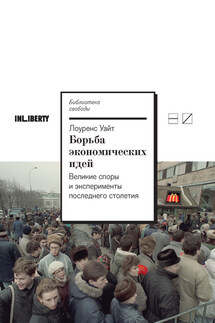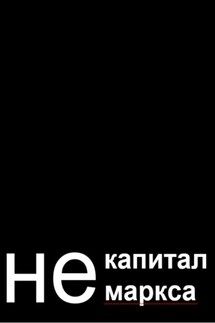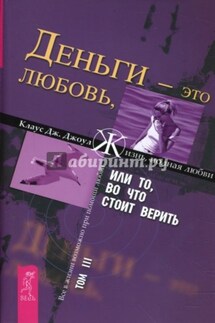The General Theory of Capital: Self-Reproduction of Humans Through Increasing Meanings - страница 76
In the second part of this book we will look more closely at how the vicious circle of simple self-reproduction was overcome. The increase in meanings could not be stopped because the race against uncertainty did not stop. The evolution of meanings continued incessantly, bringing with it a gradual growth of efficiency and productivity. The gradual, if very slow, development of agriculture was one of the necessary conditions for the commercial and industrial revolution:
“Even as demographic growth was a prime motor of agricultural progress, so agricultural progress was an essential prerequisite of the Commercial Revolution. So long as the peasants were barely able to insure their own subsistence and that of their lords, all other activities had to be minimal. When food surpluses increased, it became possible to release more people for governmental, religious, and cultural pursuits. Towns re-emerged from their protracted depression. Merchants and craftsmen were able to do more than providing a fistful of luxuries for the rich and a very few indispensable goods for the entire agrarian community. From this point of view, it is proper to say that the revolution took off from the manor” (Lopez 1976, p. 56).
The impersonal market and commodity production gradually grew where the advance of cold sociality led to the overcoming of episodic utilities and prices and their transformation into use value as an ever higher standard of consumption and exchange value as a monetary standard and potential for wage labor:
“As the size and scope of exchange have increased, the parties have attempted to clientize or personalize exchange. But the greater the variety and numbers of exchange, the more complex the kinds of agreements that have to be made, and so the more difficult it is to do. Therefore a second general pattern of exchange has evolved, that is impersonal exchange, in which the parties are constrained by kinship ties, bonding, exchanging hostages, or merchant codes of conduct. Frequently the exchange is set within a context of elaborate rituals and religious precepts to constrain the participants. The early development of long-distance and cross-cultural trade and the fairs of medieval Europe were built on such institutional constructs. They permitted a widening of the market and the realization of the gains from more complex production and exchange, extending beyond the bounds of a small geographic entity” (North 1990, pp. 34-5).
The increasing sociality of traditional cultures-societies was also seen in the spread of states and their ideologies, the displacement of barbarism and paganism, the gradual destruction of traditional communities and their possessory order, the spread of political and private ownership of the means of production, the transition from personal dependence to wage labor:
“Under the demographic conditions of early state formation, when the means of traditional production were still plentiful and not monopolized, only through one form or another of unfree, coerced labor—corvée labor, forced delivery of grain or other products, debt bondage, serfdom, communal bondage and tribute, and various forms of slavery—was a surplus brought into being. Each of the earliest states deployed its own unique mix of coerced labor, as we shall see, but it required a delicate balance between maximizing the state surplus on the one hand and the risk of provoking the mass flight of subjects on the other, especially where there was an open frontier. Only much later, when the world was, as it were, fully occupied and the means of production privately owned or controlled by state elites, could the control of the means of production (land) alone suffice, without institutions of bondage, to call forth a surplus” (Scott 2017, pp. 152-3).







